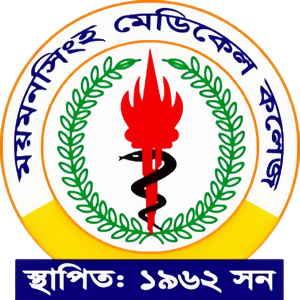Volume 34 Number 1 (2025)
Association between Free Tri-iodothyronine Level and In-Hospital Outcome in Patients with Acute ST-Elevation Myocardial Infarction Treated with Streptokinase Therapy
Huda SMN1 , Choudhury AK2 , Karmakar PK3 , Mondal B4 , Ahmed S5 , Datta SC6 , Rahman A7 , Debnath DD8 , Aktar MS9 , Tabassum M10
Mymensingh Med J 2025 Jan; 34 (1): 153-158
PMID: 39739483
Abstract
Low free Tri-iodothyronine (FT3) levels are generally associated with poor prognosis in patients with various critical illnesses. Acute ST-segment Elevation Myocardial Infarction (STEMI) represents the most lethal form of Acute Coronary Syndrome (ACS) with substantial short- and long-term mortality. This study was done to assess the association between FT3 levels and in-hospital outcome of the STEMI patients treated with streptokinase therapy. This was an observational study of 140 patients of STEMI treated with streptokinase therapy in the department of Cardiology, National Institute of Cardiovascular Diseases (NICVD), Dhaka, Bangladesh from October 2018 to September 2019. The patients were divided into the low FT3 (FT3 <3.5 pmol/L; n=70) and the normal FT3 (FT3 ≥3.5 pmol/L; n=70) groups according to FT3 levels measured within 24 hours after admission. During the index hospitalization period, 13 patients died (9.0%) and the overall mortality rates were 18.6% in the low FT3 group and 5.7% in the normal FT3 group (p=0.01). The rates of Major cardiac events (MACE) were 45.7% in the low FT3 group and 18.6% in the normal FT3 group (p=0.001). Multivariate logistic regression analysis showed FT3 level is an important predictor for in-hospital major cardiac events in patients with ST-elevation Myocardial Infarction (p=0.01). Low FT3 levels were strongly associated with poor in-hospital outcome in patients with STEMI. The FT3 level screening may be a simple and valuable way in identifying high-risk STEMI patients.
Keywords: FT3, STEMI, Streptokinase, In-hospital outcome, Major adverse cardiac events (MACE)
- Assistant Registrar
